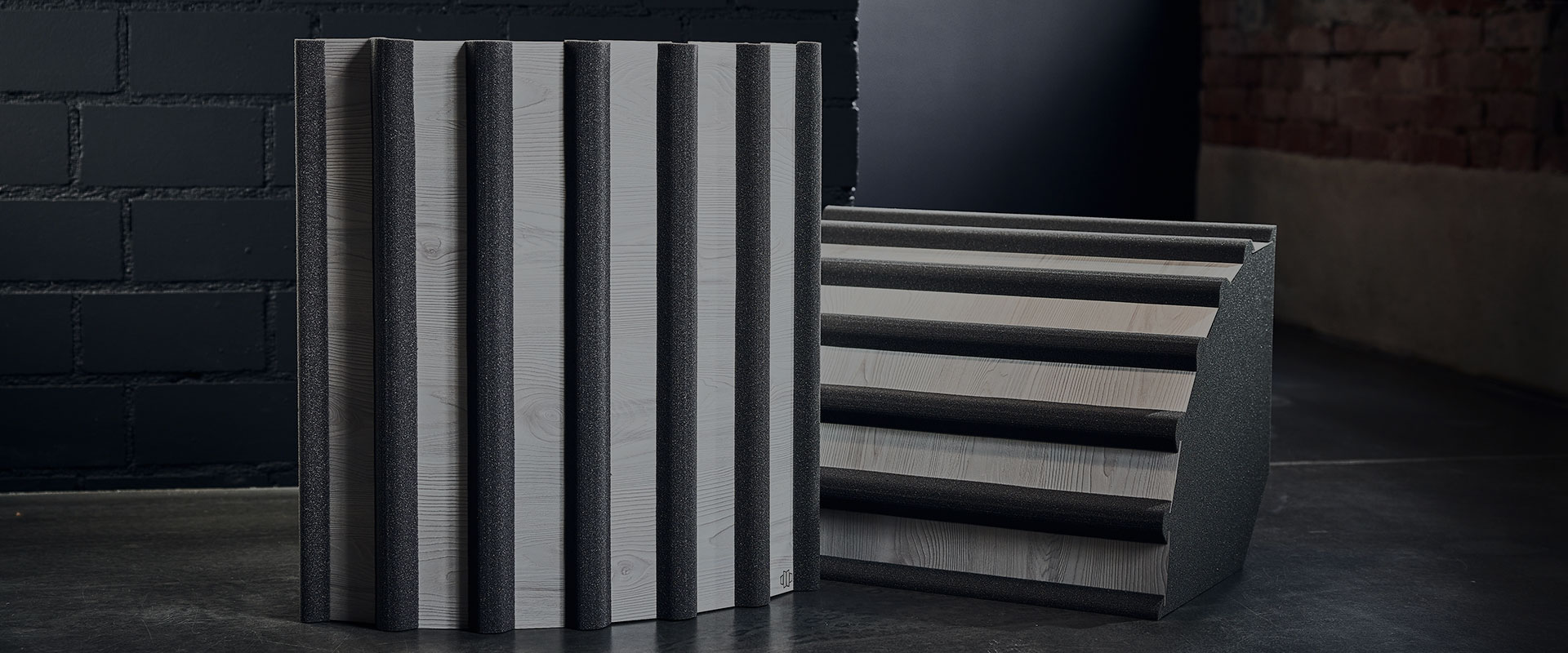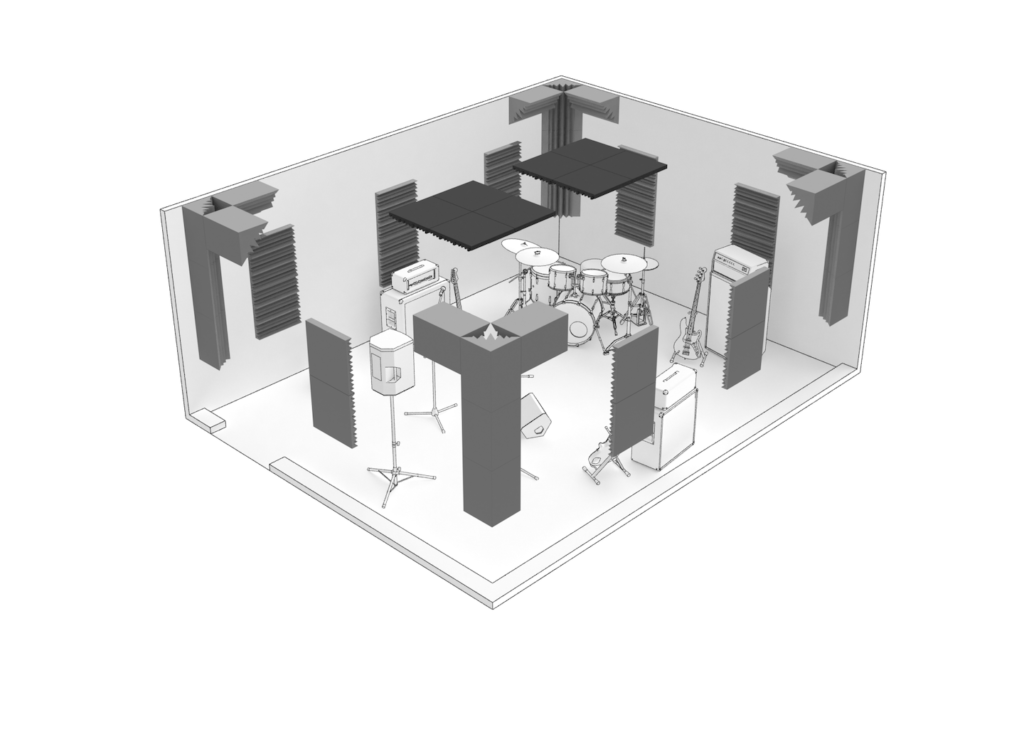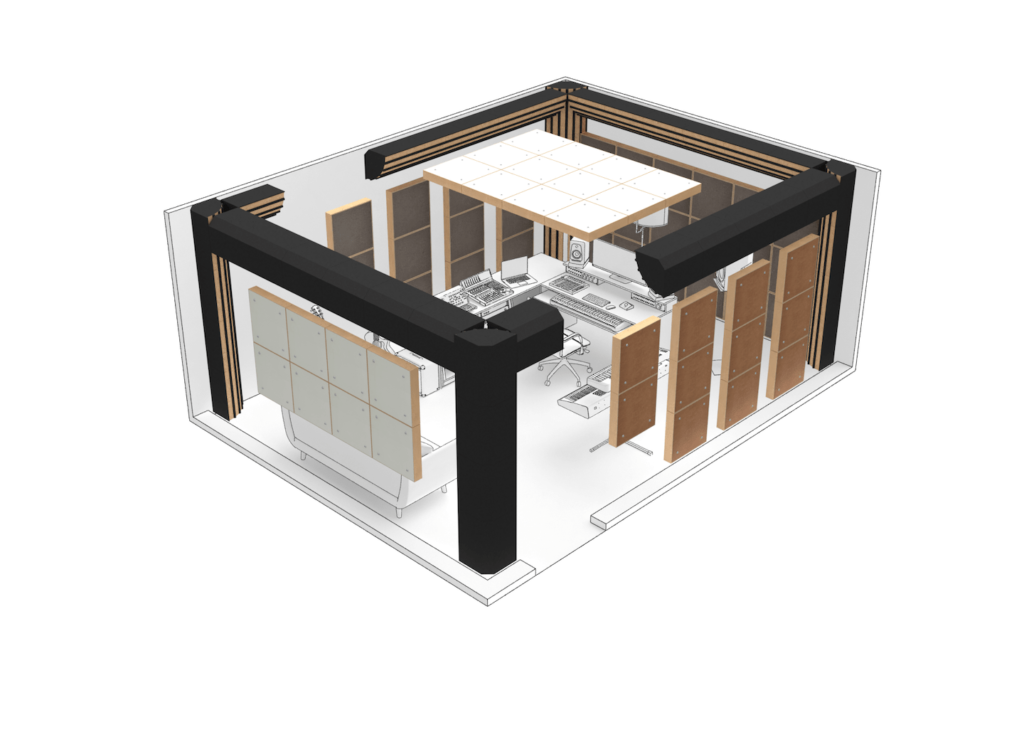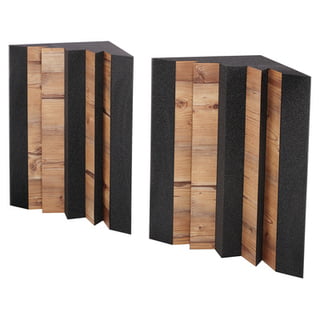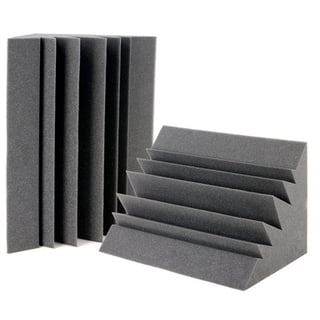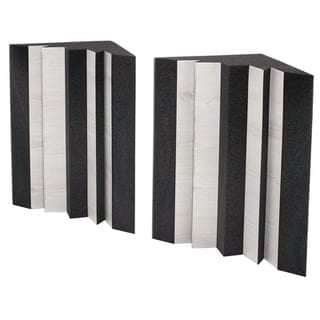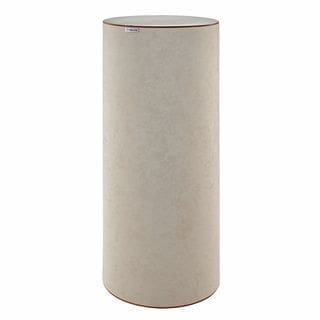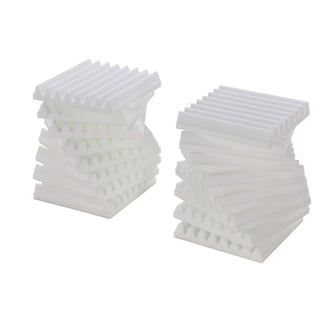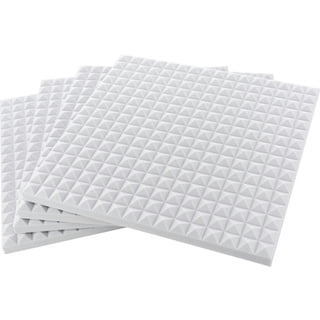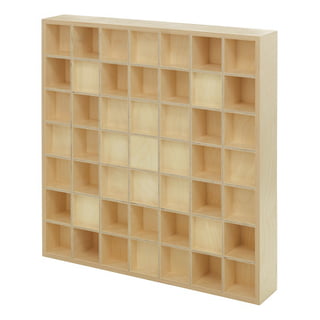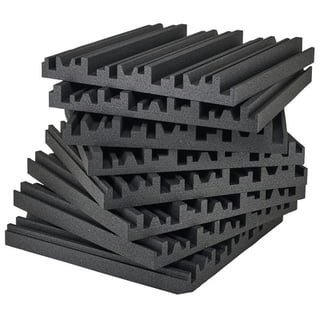Bass Traps
Without treatment, hardly any room features a linear and well-balanced response to bass frequencies. The low frequencies tend to sound muddy and imprecise, rather than well-defined and dry. In order to achieve desirable acoustics in your recording studio, control room, rehearsal room or your home cinema or hi-fi listening setup, special acoustic modules aimed at improving the low frequency range should be part of the solution.
Overview
Why Bass Traps
Why Bass Traps
Conventional absorbers are not very effective at absorbing bass energy in order to achieve a controlled low frequency range.
Compared to mid and high frequencies, low frequencies have very long wave lengths and high energy. In enclosed spaces, the low frequency absorption rate is very low. This means that special modules are necessary.
Bass traps prevent the unconstrained spreading of low frequencies in the room, which makes them an important component of acoustic optimization. In an untreated room, the bass frequencies that reach the ears are a mix of direct sound and many layered and delayed reflections. In a room fitted with bass traps, the proportion of direct sound is higher. We have developed a selection of bass traps to help you control the bass response in a variety of rooms.
DIFFERENCES BETWEEN BASS TRAPS
DIFFERENCES BETWEEN BASS TRAPS
Bass traps are constructed using two main basic principles. Some bass traps use porous materials to convert sonic energy into heat. Others rely on air pressure, foil membranes or even plates.
These resonant absorbers are primarily used to solve very specific low frequency problems, e.g. peaks in a certain frequency range. Porous bass traps are less effective, but much easier to use – and cheaper.
Our bass traps are designed to be placed in corners or along edges of the room, because this is where they’re most effective. They are available in various materials from polyurethane foam to melamine resin to polyester acoustic foam. Some of our bass traps offer the additional benefit of partially reflecting the highs, which ensures that the modules don’t absorb too much high frequency content.
BASS TRAPS: WHAT TO WATCH OUT FOR
BASS TRAPS: WHAT TO WATCH OUT FOR
When installing bass traps, one value is especially important: the quantity.
Due to the physical characteristics of bass frequencies, more is definitely more in this context. The smaller the modules, the more should be used.
It is a common practice to begin by placing bass traps in two corners of the room, usually in the back. The corners are filled with bass trap modules from the floor to the ceiling. For a stronger effect, use bass traps up to the ceiling in all four corners and along edges of the room.
When choosing bass traps, the acoustic properties of the material are one thing, but the looks are of course also important. That’s why we not only offer various colors, but also a selection of models with acoustically active coverings.
